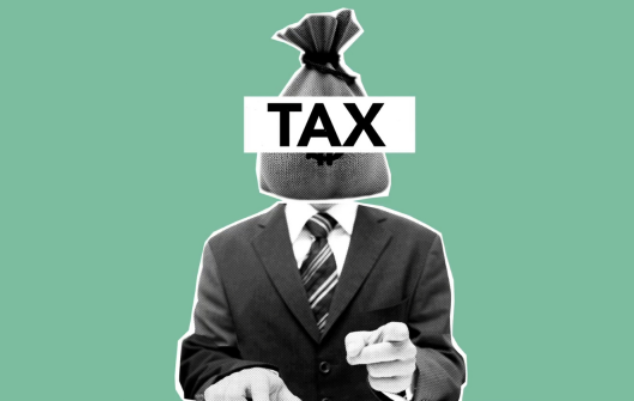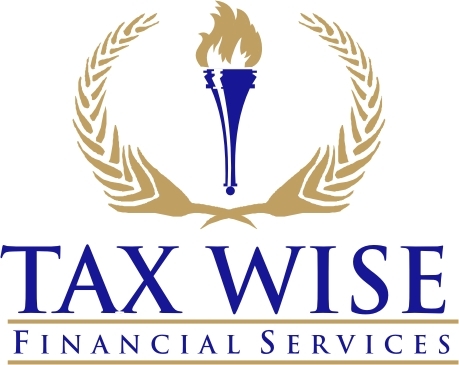
Introduction
If you’re self-employed, you probably know how challenging it can be to manage your taxes. One of the biggest concerns is the self-employment tax, which can take a large chunk of your income. But the good news is that there are several ways to reduce self-employment tax in 2025 and keep more of the money you earn. This article will explore proven strategies and steps you can take to minimize your tax burden and stay compliant with tax laws.
What is Self-Employment Tax?
Before we get into the strategies for reducing self-employment tax, let’s first understand what it is and how it works.
Self-employment tax is the tax you pay as a self-employed individual to cover your Social Security and Medicare contributions. If you work for someone else, your employer handles this tax, but as a self-employed person, you’re responsible for both parts. In 2025, the self-employment tax rate is 15.3%, which includes 12.4% for Social Security and 2.9% for Medicare. If your income exceeds certain thresholds, you may also be required to pay an additional 0.9% Medicare tax.
Now that we understand what self-employment tax is, let’s look at how you can reduce it.
1. Deduct Business Expenses to Lower Your Self-Employment Tax
One of the most effective ways to reduce self-employment tax is by deducting your business expenses. The IRS allows you to deduct many expenses that are necessary for running your business. By deducting these expenses, you lower your taxable income, which in turn reduces the amount of self-employment tax you owe.
Some common deductible business expenses include:
- Office supplies like pens, paper, and equipment.
- Home office expenses if you work from home.
- Travel expenses related to business activities, such as flights and hotel stays.
- Meals and entertainment for business purposes.
- Professional fees like those for accountants and lawyers.
Keeping detailed records of your expenses is key. Only expenses directly related to your business can be deducted, so make sure you track everything accurately.
2. Contribute to Retirement Plans to Reduce Your Taxable Income
Contributing to a retirement plan is another smart way to reduce your self-employment tax. There are several retirement options available to self-employed individuals that can lower your taxable income, reducing the amount of self-employment tax you owe.
Here are a few retirement plans you can consider:
- SEP IRA: This plan is popular for self-employed individuals and allows you to contribute up to 25% of your net earnings or $66,000 in 2025 (whichever is lower).
- Solo 401(k): If you’re the only employee of your business, you can set up a Solo 401(k). In 2025, you can contribute up to $22,500, plus an additional $7,500 if you’re over 50 (catch-up contribution).
Contributing to retirement plans not only helps you save for the future but also reduces the amount of taxable income that’s subject to self-employment tax.
3. Take Advantage of the Qualified Business Income (QBI) Deduction
The Qualified Business Income (QBI) deduction allows self-employed individuals and small business owners to deduct up to 20% of their business income. This can significantly lower the amount of income that’s subject to self-employment tax.
To qualify for the QBI deduction, your business must be a pass-through entity, such as a sole proprietorship, LLC, partnership, or S-corporation. There are certain requirements and income limits, so it’s a good idea to check with a tax professional to ensure you qualify.
4. Consider Electing S-Corporation Status to Reduce Self-Employment Tax
An S-Corporation is a special type of business entity that can help reduce self-employment tax. By electing to become an S-Corp, you can pay yourself a “reasonable salary” and take the rest of your income as distributions. You only pay self-employment tax on your salary, not on the distributions, which can save you money.
For example, if your business earns $100,000 and you pay yourself a salary of $60,000, you will only pay self-employment tax on the $60,000, not the full $100,000.
However, electing S-Corp status requires filing additional paperwork and meeting certain requirements. You’ll also need to pay yourself a reasonable salary based on your industry standards.
5. Use a Health Savings Account (HSA) to Reduce Taxable Income
A Health Savings Account (HSA) is another tax-saving tool that can help reduce your self-employment tax. Contributions to an HSA are tax-deductible, which lowers your taxable income and, therefore, the amount of self-employment tax you owe.
HSAs are specifically designed for individuals with high-deductible health plans. In 2025, you can contribute up to $3,850 if you have individual health coverage, or up to $7,750 if you have family coverage.
Not only do HSAs offer tax benefits, but the money in the account grows tax-free and can be used for qualifying medical expenses.
6. Track Your Mileage for Business Use
If you use your car for business purposes, you can deduct the mileage you drive for work. The IRS offers two ways to calculate this deduction:
- Standard Mileage Rate: In 2025, the standard mileage rate is 65.5 cents per mile for business miles driven.
- Actual Expense Method: This allows you to deduct the actual costs of using your car for business, such as gas, insurance, repairs, and depreciation.
Tracking your mileage is important, so make sure you keep a log of your business-related trips. There are apps available that can help you track mileage automatically, which makes it easier to claim this deduction.
7. Pay Estimated Taxes on Time to Avoid Penalties
Self-employed individuals are required to pay taxes quarterly, instead of having taxes automatically withheld by an employer. It’s crucial to estimate your income and pay your quarterly taxes on time. Failing to pay your estimated taxes can result in penalties and interest, which can increase your overall tax burden.
By paying your estimated taxes on time, you can avoid these penalties and keep your tax situation in check.
Conclusion: How to Reduce Self-Employment Tax in 2025
Reducing self-employment tax in 2025 is possible with careful planning and smart strategies. By deducting business expenses, contributing to retirement plans, taking advantage of tax deductions like the QBI deduction, and electing S-Corporation status, you can significantly lower your self-employment tax. Additionally, using an HSA, tracking mileage, and paying estimated taxes on time will help ensure that you stay on top of your taxes.
Remember, tax laws can be complex, so it’s always a good idea to consult with a tax professional to ensure you’re taking full advantage of all available tax savings. By following these strategies, you can reduce your self-employment tax and keep more of the income you work hard for.
By implementing these steps, you’ll be well on your way to reducing your self-employment tax in 2025.


